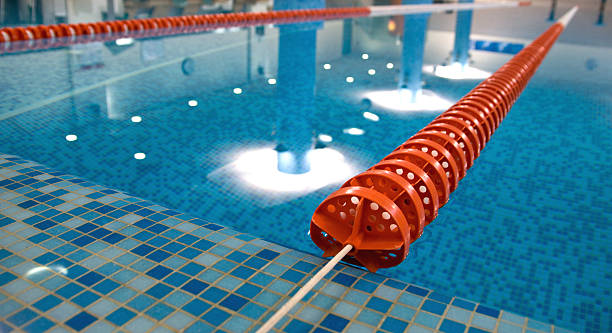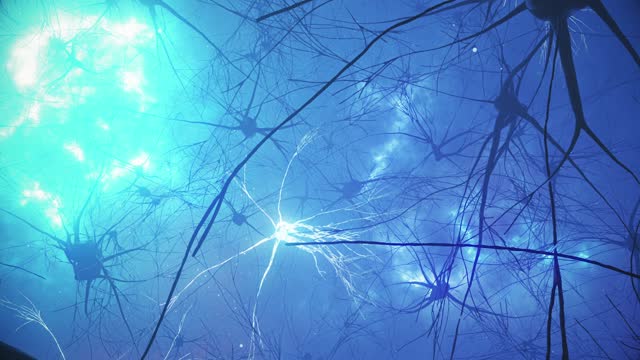
The Science Behind Competitive Swimming: How Physics and Biology Impact Performance
Competitive swimming is not just about diving into the water and moving your arms and legs. It’s a complex interplay of physics and biology that determines an athlete’s performance in the water. In this article, we’ll dive deep into the science behind competitive swimming, exploring how principles of physics and biology shape swimmers’ abilities to glide through the water with speed and efficiency.
Understanding Competitive Swimming
Competitive swimming encompasses a variety of events, each with its own unique challenges and requirements. From the lightning-fast sprints of the freestyle and butterfly strokes to the endurance-testing marathons of the individual medley and distance freestyle events, swimmers must possess a combination of strength, skill, and strategy to succeed.
Types of Competitive Swimming Events
Competitive swimming events can be broadly categorized into four main strokes: freestyle, backstroke, breaststroke, and butterfly. Each stroke has its own set of rules and techniques, presenting swimmers with different challenges and opportunities to excel.
The Physics of Swimming
Buoyancy
Buoyancy plays a crucial role in swimming, as it determines how easily a swimmer can stay afloat and move through the water. Swimmers strive to achieve neutral buoyancy, where the upward force exerted by the water is equal to the downward force exerted by the swimmer’s body weight.
Drag
Drag is the resistance encountered by a swimmer as they move through the water. Minimizing drag is essential for maximizing speed and efficiency in the water. Swimmers employ various techniques, such as streamlining and reducing surface area, to minimize drag and glide through the water with minimal resistance.
Propulsion
Propulsion refers to the force generated by a swimmer’s movements that propels them forward through the water. Swimmers generate propulsion primarily through the movements of their arms and legs, utilizing the principles of Newton’s third law of motion to push against the water and propel themselves forward.
The Biology of Swimming
Muscular System
The muscular system plays a vital role in swimming, providing the power and strength needed to propel the body through the water. Swimmers must develop strong and well-coordinated muscles to generate the force required for efficient swimming.
Respiratory System
The respiratory system is responsible for supplying oxygen to the muscles and removing carbon dioxide from the body during swimming. Efficient breathing techniques are essential for maintaining stamina and endurance in the water, allowing swimmers to sustain their efforts over long distances.
Cardiovascular System
The cardiovascular system delivers oxygen-rich blood to the muscles and carries away waste products, helping to sustain energy levels and performance during swimming. A strong cardiovascular system is essential for endurance and recovery in competitive swimming.
How Physics and Biology Interact in Swimming
Streamlining
Streamlining is the art of minimizing resistance and maximizing efficiency in the water. Swimmers strive to maintain a streamlined body position, reducing drag and allowing them to move through the water with minimal effort.
Stroke Technique
Stroke technique plays a critical role in swimming performance, as efficient and well-executed strokes can significantly impact speed and efficiency in the water. Swimmers must master proper technique for each stroke to maximize their performance and minimize energy expenditure.
Training Strategies
Effective training strategies are essential for developing the physical and technical skills needed for competitive swimming. Training programs typically include a combination of cardiovascular conditioning, strength training, technique drills, and race-specific simulations to prepare swimmers for competition.
Conclusion
Competitive swimming is a fascinating blend of physics and biology, where athletes harness the principles of buoyancy, drag, propulsion, muscle function, and cardiovascular fitness to achieve peak performance in the water. By understanding and optimizing the interplay between these scientific principles, swimmers can unlock their full potential and achieve success in the pool.
FAQs
1. What is the fastest swimming stroke? The freestyle stroke is widely considered the fastest swimming stroke, as it allows swimmers to maintain a rapid pace over long distances.
2. How can I improve my swimming speed? Improving swimming speed requires a combination of technique refinement, strength training, cardiovascular conditioning, and race-specific training drills.
3. Is competitive swimming a good workout? Yes, competitive swimming provides a full-body workout that engages multiple muscle groups, improves cardiovascular fitness, and burns calories efficiently.
4. How often should I practice swimming to see improvements? Consistent practice is key to improving swimming performance. Aim for at least 3-4 swimming sessions per week to see significant improvements in technique and fitness.
5. Are there any age restrictions for competitive swimming? Competitive swimming is open to individuals of all ages, with competitions categorized by age groups to ensure fair competition and safety for participants.



